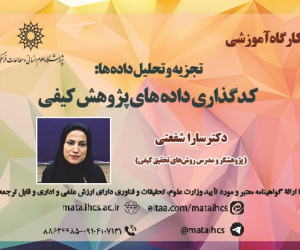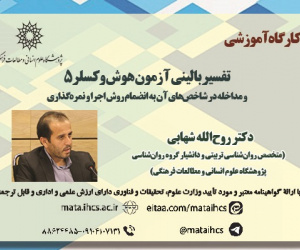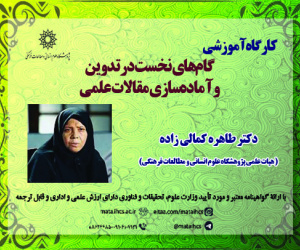رابطه شبکه های اجتماعی و تمایل به مشارکت محلی جوانان شهر تهران (مورد مطالعه: تلگرام)
آرشیو
چکیده
افزایش کمی و کیفی مشارکت جوانان در جامعه و شکل گیری فرهنگ مشارکت در بین این نسل را می توان یکی از الزامات اولیه توسعه با کمترین هزینه ممکن دانست و گام ابتدایی دستیابی به این هدف، شناسایی پدیده های اجتماعی و بررسی رابطه آنها با مشارکت در سطوح اولیه (محلی) آن است. یکی از پدیده های جاری در جامعه ایرانی در سال های اخیر ظهور شبکه های اجتماعی همچون تلگرام در بین جوانان است که پرداختن به آن در محلات محروم که در سطح نامناسبی از توسعه قرار دارند از اهمیت دوچندانی برخوردار است. هدف در این مقاله بررسی چگونگی رابطه استفاده از شبکه های اجتماعی (تلگرام) با مشارکت محلی جوانان و احصا مرتبط ترین مولفه مشارکت محلی است که به روش توصیفی- تحلیلی و با استفاده از ابزار پرسشنامه و در جامعه آماری جوانان محلات کمتر برخوردار شهر تهران انجام شده است. تحقیق حاضر با مفروض قراردادن رویکرد هوچینگز به شبکه های اجتماعی و در چارچوب نظریه تین و همکارانش (2002) به بررسی رابطه دو متغیر پرداخته و پس از تحلیل داده های حاصل از پرسشنامه به روش اسپیرمن به این نتیجه رسیده است که از بین شش مولفه مشارکت محلی، رابطه استفاده از تلگرام با شرکت در مراسم همسایگان و هم محله ای ها بی معنی و با بقیه مولفه ها رابطه معنی داری دارد که از این میان با مولفه های پرداخت هزینه مالی برای بهتر شدن شرایط محله و پیگیری مشکلات از سازمان های مربوطه رابطه ضعیف و مستقیم و با شرکت در آیین ها و مراسم مذهبی محله و کمک داوطلبانه در زمان بروز حوادث غیرمترقبه رابطه معکوس ولی متوسطی دارد.The relationship between social networks and the desire for local participation of young people in Tehran (Case of study: Telegram)
The quantitative and qualitative increase in the participation of young people in society and the formation of a culture of participation among this generation can be considered as one of the basic requirements of development with the lowest possible cost, and the first step to achieve this goal is to identify social phenomena and examine their relationship with participation at the primary (local) levels. One of the current phenomena in Iranian society in recent years is the emergence of social networks such as Telegram among young people, which is of double importance in disadvantaged neighborhoods that are at an inappropriate level of development.The purpose of this article is to investigate the relationship between the use of social networks (Telegram) and the local participation of young people and the statistics of the most relevant component of local participation.The current research, assuming Hutchings' approach to social networks and in the framework of the theory of Tin and his colleagues (2002), investigated the relationship between two variables and after analyzing the data from the questionnaire using Spearman's method, it came to the conclusion that among the six components of local participation, the relationship between the use of Telegram and participation in the ceremonies of neighbors and neighbors is meaningless and has a significant relationship with the rest of the components.









